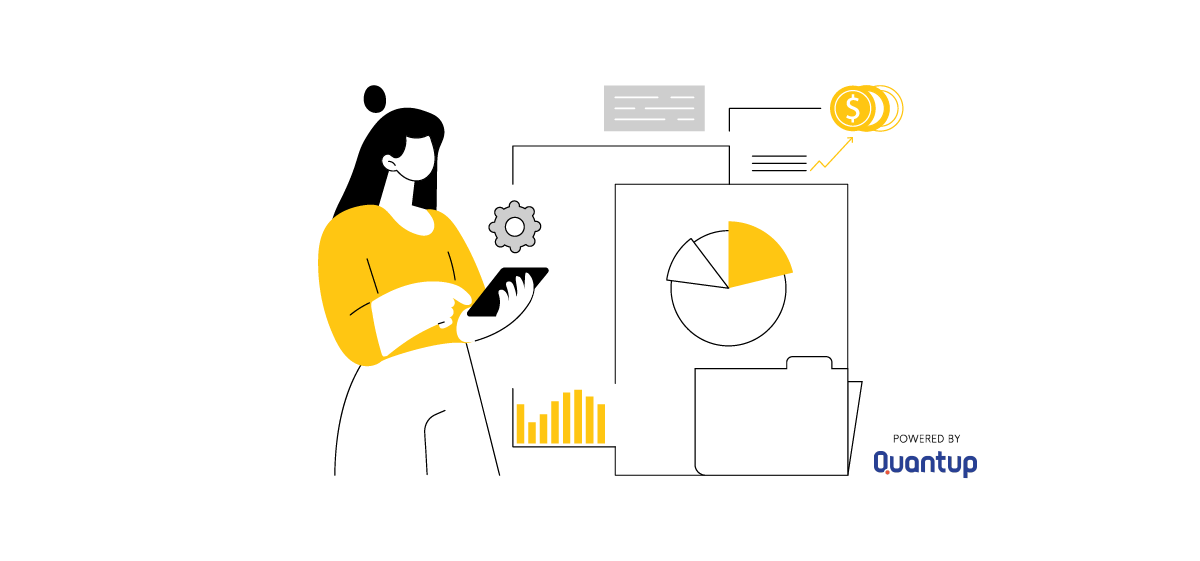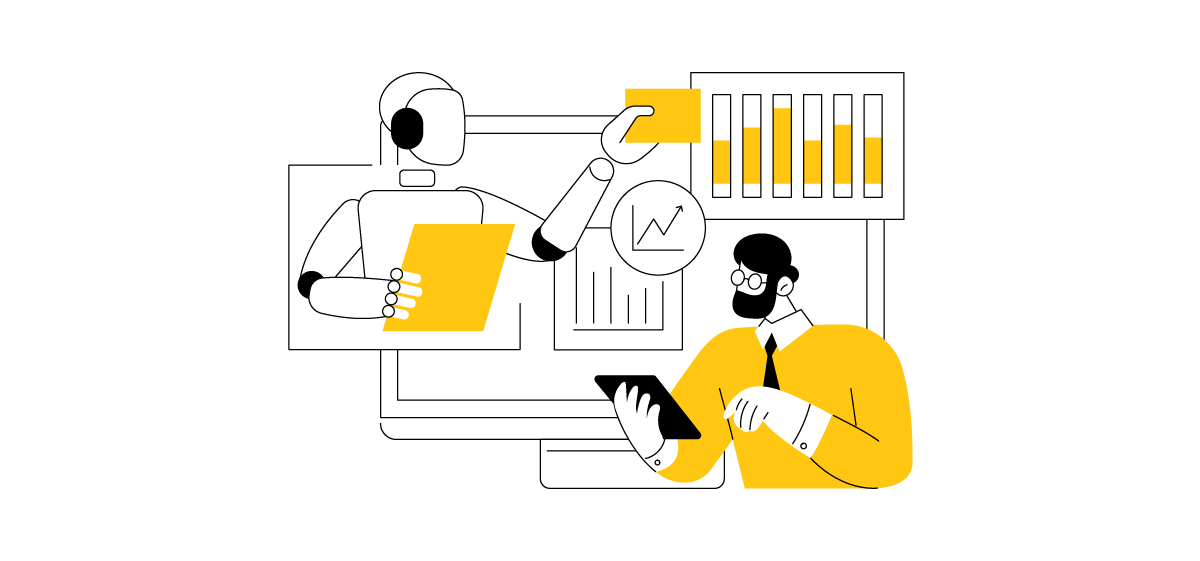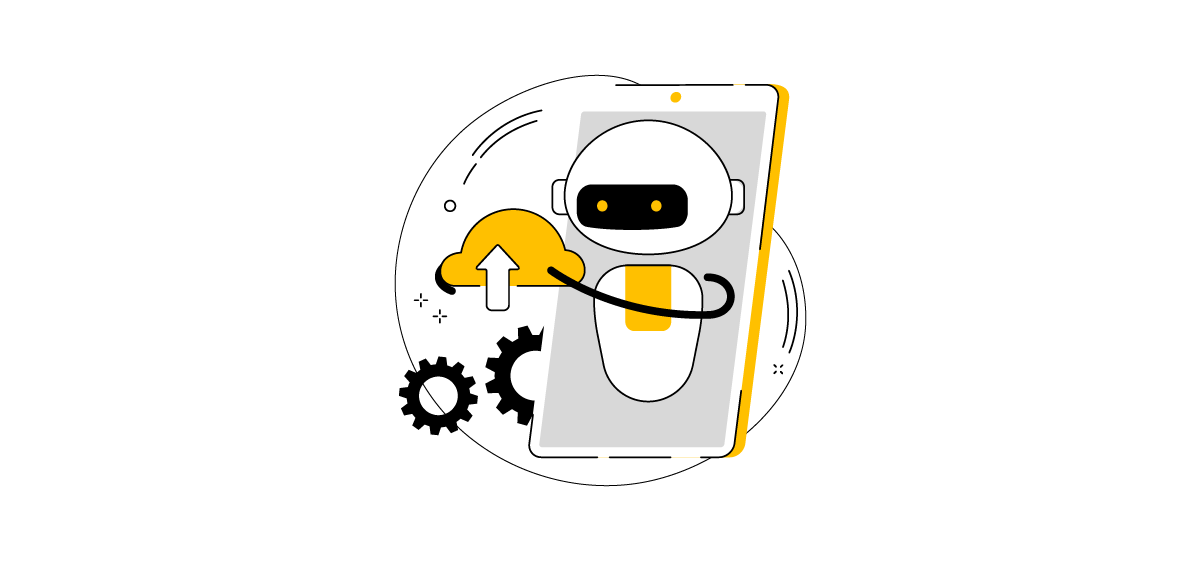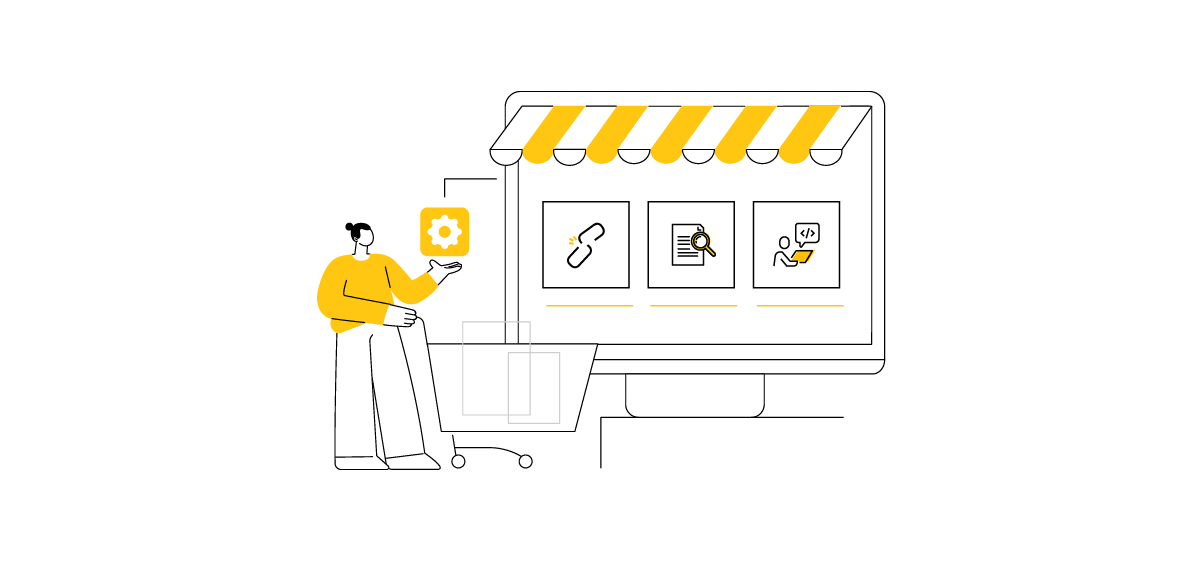
The role of a CEO requires managing multiple tasks, from strategic decision-making to overseeing operations and business development. In such a demanding position, utilizing AI tools can significantly improve performance, save time, and enhance operational efficiency. But what can truly convince executives to integrate these tools into their daily workflow?
There’s no doubt that artificial intelligence is reshaping our world. However, the journey from awareness of AI innovations to practical adoption of AI tools for business leaders is still ongoing. According to a 2023 survey by Statista, 43% of CEOs plan to explore AI tools for executives in the future, while only 19% are implementing AI in daily operations.
This highlights the difference between recognizing the potential of AI and fully incorporating it into a business strategy. As the CEO of a technology company, I’ve come to value AI-powered business tools, especially in areas that enhance productivity. While I initially understood the need for AI, I hadn’t realized its practical benefits. A lack of time also kept me from exploring their full potential.
The turning point was attending a workshop on AI tools for decision-making, which provided practical insights on how to use these tools in business. Now, I can’t imagine my daily work without them, having fully integrated AI into my business strategy. In this article, I’ll share the top AI tools for CEOs that I rely on daily.
Table of Contents
10 AI Tools for Executives That Will Transform Daily Business Life
1. HeyGen
HeyGen is a tool that generates videos using your personalized avatar, making it ideal for marketing campaigns. With HeyGen, you can turn scripts into professional videos in minutes, without the need for a camera or crew. I use this tool to create multilingual videos for outbound marketing campaigns, enhancing our global reach.
2. Runway
Runway is a powerful video editing tool, perfect for managing advertising campaigns or social media content. I use it to edit videos, such as removing unwanted backgrounds or objects. It’s an essential AI tool for business leaders in creative industries.
3. Photo.ai
Photo.ai enhances images without requiring design skills. I use it primarily to create polished presentations for client meetings, ensuring our visuals are clear and engaging.
4. Midjourney
Midjourney is an advanced AI tool that generates high-quality graphics based on text prompts. In just seconds, you can create visuals that align with specific ideas or topics, making it perfect for presentations or brainstorming sessions. I frequently use Midjourney to visually represent complex ideas during the storytelling process, allowing me to communicate concepts more effectively. Whether for presentations or strategic discussions, this tool has become an invaluable asset in my daily workflow.

5. Upscale.media – Quickly improve the quality of images
Upscale.media is the ideal solution for improving image quality by enhancing resolution through sophisticated algorithms. For any CEO, delivering visually compelling presentations or reports is crucial, and Upscale.media ensures that images are crisp and professional. As I often prepare strategic presentations for stakeholders, having a tool that quickly boosts image quality is invaluable.
6. WritingForBusyReaders
Clear, concise communication is essential in business, and WritingForBusyReaders is a tool that helps you achieve just that. It leverages cutting-edge communication techniques to condense emails, reports, and presentations into brief yet impactful messages. This tool ensures that your communications are always concise, clear, and to the point, making it ideal for busy executives who need to capture the essence of their message efficiently.
7. Bliro
Bliro is an AI assistant that transcribes conversations and summarizes them into concise, personalized meeting notes. In my daily work, I rely on Bliro to handle the note-taking process, freeing me from recalling details from multiple discussions. The tool allows me to focus on higher-level decision-making, knowing I’ll receive a well-organized summary afterward.
8. DeepL
DeepL is widely regarded as one of the best translation tools for both excerpts and full documents. It is particularly useful when working with international clients or teams, ensuring that contracts, legal documents, and proposals are accurately translated. Whether you’re handling negotiations or communicating across borders, DeepL guarantees seamless and professional translation, helping avoid costly miscommunications.
9. Grammarly
Grammarly goes beyond basic grammar checking to refine your writing. It reviews not only grammar and punctuation but also tone and style, ensuring your communication is polished and professional. I use Grammarly to refine emails, presentations, and reports, ensuring that all written content is clear and error-free. Its suggestions also help improve the engagement and clarity of my writing.
10. ChatGPT
ChatGPT is a versatile tool for creating virtual assistants that automate various tasks. I’ve developed assistants that help streamline processes, such as writing LinkedIn posts, drafting recommendations, and reviewing marketing materials. ChatGPT is a game-changer in automating routine tasks, freeing up time for more strategic decision-making.
How to Choose the Right AI Tools for Your Business Needs
Selecting the best AI tools for CEOs requires evaluating your company’s specific goals and needs. Consider the tool’s functionality, ease of use, and compatibility with existing systems. It’s also essential to consult with team members who will regularly use these AI-powered business tools.
Challenges and Limitations of AI Implementation
While AI has the potential to revolutionize businesses by increasing productivity, streamlining operations, and driving innovation, there are several challenges to consider:
- Resistance to Change
Employees may resist adopting new AI tools, fearing job replacement or a diminished role. Offering proper training on AI tools can ease these concerns by showing how AI complements rather than replaces human expertise. In my experience, the training I received on AI tools alleviated my initial hesitations and helped me see their true value..
- Maintenance and Development Costs
Implementing AI involves upfront costs, including training, system maintenance, and continuous development. Ongoing expenses, such as software updates and resolving technical issues, also need to be considered. To manage costs, I recommend starting with smaller AI applications. Automating high-impact tasks first can yield savings that justify continued investment.
- Technological Limitations
AI is not a one-size-fits-all solution. Certain limitations, such as insufficient data or the inability to make complex decisions, can hinder AI’s effectiveness in some areas. Therefore, it’s essential to implement AI only where it can bring tangible value. Think of AI as a support system for human decision-making, rather than a replacement for more intricate tasks.
Increase Your Business Success with AI Tools
In conclusion, AI tools will benefit executives who want to continuously drive business growth. From my experience managing a technology company for over 20 years, AI tools are not just a digital trend—they are a necessary transformation for gaining a competitive advantage.
If you have any doubts about whether these tools will work in your company, I’ve already walked this path and am happy to share my insights. Feel free to contact me to learn more about these CEO AI tools and how they can support your business strategy.













